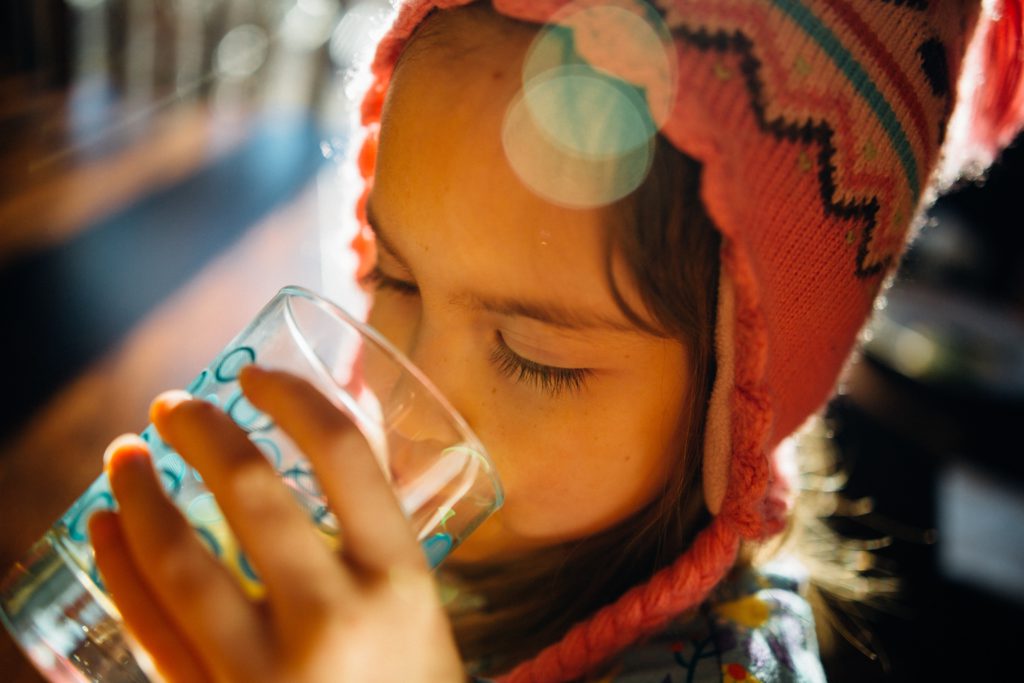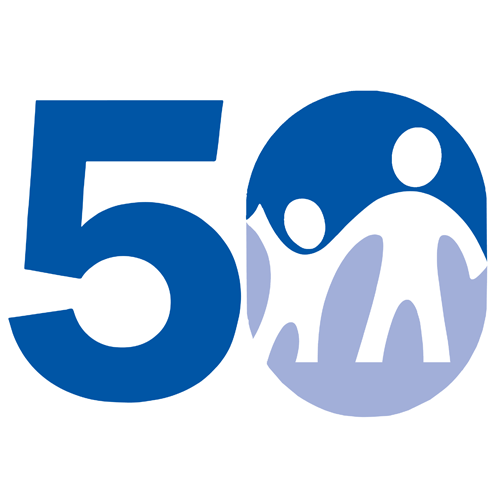
My children were born in the late ‘70s, and I remember as a young parent having discussions with our realtor about whether there was lead in the paint of the very old house we were buying. Almost all houses built before 1970, at least in the U.S., contain some form of lead paint. The house we were buying was built much before 1970, and it was clear that we would have to sand and paint every room, change the plumbing and all the good things that come with owning an old home. And fortunately, we did all of that over time, very carefully.
I will admit, however, that I do not remember if lead testing was one of the many conversations I had with our pediatrician about the health and safety of our children. Today, however, it is an essential conversation to have!
Lead Poisoning Today
Lead poisoning has been in the news a lot over the last few months due to the concerning levels of lead found in the water supply of child care programs and its potential impact on the health and safety of the surrounding community. Currently, North Carolina does not require testing water for lead in child care programs, unless a child is found to have elevated blood lead levels. The news has been especially alarming for parents and families who work hard to keep their children safe and on a path to reach their fullest potential. Lead in the public water supply threatens that daily charge.
This issue is not only an issue specific to child care programs: An estimated 10 million Americans get drinking water from pipes that are at least partially lead.
Young Children are the Most at Risk
Young children are especially at risk of harm from lead. Babies and young children’s bodies are still developing and are in a critical life stage for brain development. When they are exposed to lead from water or other sources, it enters directly into the bloodstream where it can harm developing organs, muscles and bones. Infants who rely on formula get 100% of their nutritional intake from water. If that water is tainted with lead, they get an enormous dose of it compared with older children and adults.
Research shows there really is no safe level of lead exposure for a child. Even at the lowest levels of exposure, lead can reduce IQ and harm a child’s ability to concentrate and focus in school. These effects are permanent and can affect a child’s education, health outcomes and long-term earning potential.
Lead poisoning is preventable by identifying lead before children are harmed. The most important step that parents, teachers and others can take is to prevent lead exposure before it occurs. The North Carolina Commission for Public Health is proposing a change to a child care sanitation regulation that will significantly reduce exposure to lead for some of the youngest and most vulnerable children in our state. With U.S. Environment Protection Agency grant money to pay for the first round of testing, North Carolina can work to make drinking water safer for infants and young children without adding to child care costs.
Prevention: The Proposed Child Care Sanitation rule
We all know that prevention is the best medicine. The proposed child care sanitation rule is an example of a good preventative approach to lead exposure. The following requirements included in the proposed rule will help ensure that it protects children from potential lead in child care drinking and food prep water:
Testing for lead in drinking and food prep water every three years – Lead levels in water can fluctuate over time. Changes in water source or chemistry can cause leaching of lead from pipes into water, increasing water lead levels.[1] This is what led to the Flint water crisis. Additionally, unforeseen plumbing problems such as a dirty aerator or a partial clog can release lead from pipes into drinking and food prep water. Finally, improper maintenance of filters by child care operators can decrease the effectiveness of mitigation measures taken to prevent lead exposure.
Testing all buildings despite age – Buildings constructed after the 1986 Lead Ban may still pose a significant risk of lead contamination in drinking and food prep water. The ban, effective as of 1988, defined “lead free” as materials containing less than 8% lead, which allowed lead to remain in pipes that convey drinking water to homes and in fixtures and faucets in homes. An amendment to the Safe Drinking Water Act, effective as of 2014, redefined “lead free to require faucets and pipes to contain less than 0.25% lead; as such buildings constructed between 1988 and 2014 can still contain plumbing and fixtures with significant lead content.”[2] Testing all buildings despite age will ensure that no building poses a considerable risk of lead exposure.
Testing all taps – The concentration of lead in one tap is not indicative of the concentration of lead in all taps in a building. Lead concentration across taps can vary because lead can originate from an individual faucet, a dirty aerator or a filter that hasn’t been changed. Therefore, it is critical to test all taps to ensure safe child care center drinking and food prep water.

What You Can Do
The Centers for Disease Control and Prevention (CDC) has information on lead poisoning that you can read and share.
Talk with your health care provider about lead screening. Lead screening measures the level of lead in the blood through a blood test in the finger or vein. It is important. Lead is a toxin that is particularly dangerous for young children because of their small size and rapid growth and development. It can cause behavioral and learning difficulties, anemia, seizures and other medical problems. A lead test is the only way to know if your child has lead poisoning. Most children who have lead poisoning do not look or act sick. Talk to your doctor about this.
Child Care Services Association (CCSA) provides free referral services to families seeking child care, technical assistance to child care businesses and educational scholarships and salary supplements to child care professionals through the T.E.A.C.H. Early Childhood®, Child Care WAGE$® and Infant-Toddler Educator AWARD$ Plus Programs. Through the T.E.A.C.H. Early Childhood National Center, CCSA licenses its successful programs to states across the country and provides consultation to others addressing child care concerns. Ensuring that every young child can grow and learn in a healthy and safe learning environment is central to our mission.
CCSA supports the adoption of this rule that would protect thousands of babies and children from lead exposure in child care drinking and food prep water. Additionally, requiring cost-effective mitigation where elevated lead water levels are found will have the added benefit of getting rid of other harmful toxicants such as copper and chlorine by-products.
In North Carolina, public health officials have been working for more than 30 years to eliminate childhood lead poisoning, and have come very close to doing so. Childhood blood lead levels have dropped dramatically population-wide. Unfortunately, some pockets of high exposure remain. Ending lead exposure in drinking and food prep water is an important step to move us toward the goal of no lead exposure for our state’s young children. The proposed amendment will help get us there.
The best way to protect kids from lead exposure is to be proactive about getting rid of lead, rather than waiting for a child to be found with elevated levels in their blood. To do so, we must be willing to get rid of toxic lead in children’s environments. This rule will help us do just that. You can show your support of this rule and submit your comment to the North Carolina Commission for Public Health by August 2, 2019.

Below, are more resources on lead poisoning.
- The Harmful Effects of Lead on Children’s Health Fact Sheet
- Lead Screening: Well-Child Health Care Fact Sheet
- Ending Lead Exposure at NC Child Care Centers
- EPSDT & Title V Collaboration to Improve Child Health
- CDC’s Childhood Lead Poisoning Prevention Program
- New Pediatric Health Initiative
- AAP Commends CDC for Recognizing That for Children, There is No Safe Level of Lead Exposure
Support Child Care Services Association’s work to ensure the first five years for all North Carolina’s children are happy and healthy. Make a donation today.
[1] For detailed scientific information about how changes in water chemistry can affect levels of lead found in water, see: https://www.ncbi.nlm.nih.gov/pmc/articles/PMC5353852/.
[2] EPA, Use of Lead Free Pipes, Fittings, Fixtures, Solder and Flux for Drinking Water, https://www.epa.gov/dwstandardsregulations/use-lead-free-pipes-fittings-fixtures-solder-and-flux-drinking-water (accessed 3 March 2019).




